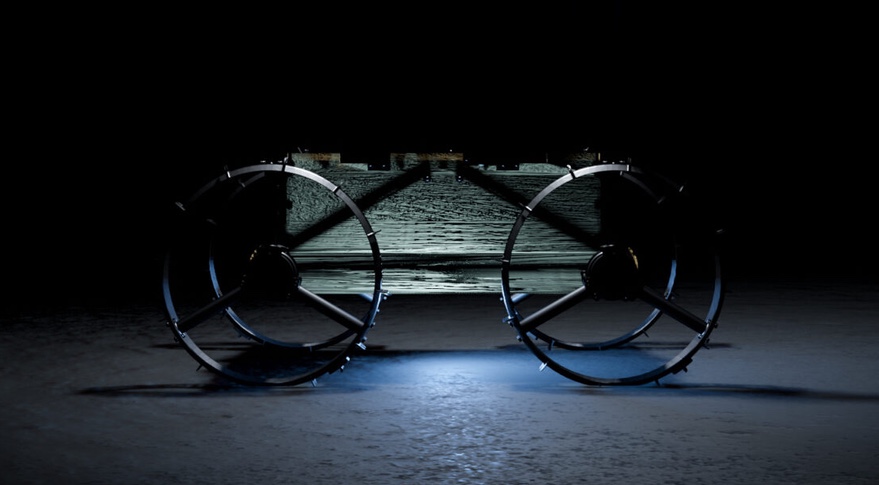NASA has funded a new test for a lunar rover, created by Pittsburgh-based Astrobotic. The CubeRover is designed to survive the two-week lunar night.

“We have been working to survive the lunar night for several year,” says Mike Provenzano, director of lunar surface systems at Astrobotic. Most rovers are designed to last a single lunar day because of the lack of power and the need to keep key systems warm during the -200 degree (Celsius) darkness. “This mission,” says Provenzano, “ushers in a new era of commercial space where scientific instruments can survive months to even years on the Moon’s surface.”
CubeRover will also be able to communicate through lunar satellites instead of remaining within line of sight of a lander. This will increase the range of the rover, allowing it to investigate more of the moon’s surface.
Astrobotic says the NASA award will allow a CubeRover to fly on a future Astrobotic lander mission as soon as 2025. The company already has two lander missions under contract through NASA’s Commercial Lunar Payload Services program (CLPS). Their Peregrine lander is scheduled to launch as early as this year on the inaugural United Launch Alliance Vulcan Centaur mission. The Griffin lander, carrying NASA’s large VIPER rover, is set to launch in late 2024.




